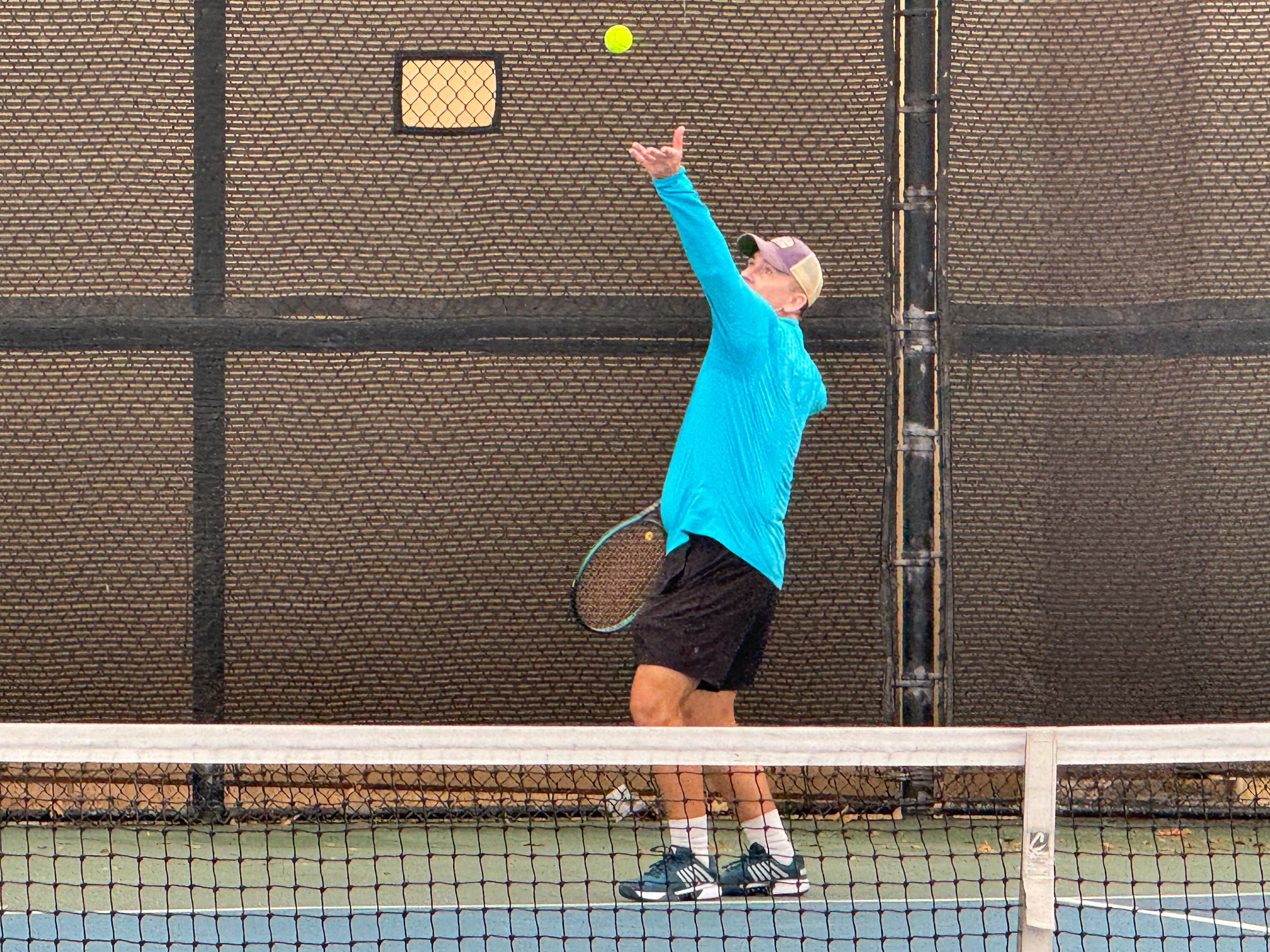Last Wednesday, I wrote about a conflict in USTA local League rules between the Houston Tennis Association (HTA) and North Houston (NoHo.) While I initially wanted to describe it as a sibling rivalry, I eventually decided the relationship is more accurately categorized as parenting an adolescent teen. In this case, HTA is the out-of-touch adult, and NoHo is cast as their early adolescent child. After all, the HTA essentially gave birth to NoHo. However, other local USTA league providers in Texas also have overlapping players and boundaries. That creates a sibling rivalry that also results in local rules stemming from that relationship.
A non-negligible number of players in the Texas Section are currently suspended from a local USTA league. The most common transgression for earning that distinction is qualifying for the Sectional Championships for more than one team and opting to play for one over the other. For example, Dallas and Fort Worth local leagues have rules on the books that directly result in the suspension of any player who qualifies for the Sectional Championships but jilts that team to play for someone else. Since Dallas and Fort Worth significantly overlap, many players are at risk of that occurring each season.
Make no mistake: the USTA wants players to register and compete in multiple leagues at the local level. That incentive is directly codified into the rules and regulations. The root cause for that desire at the organizational level is that the USTA somehow decided that total league registrations are a good way to measure participation. “Success” is determined by counting aggregate annual League registrations.
Total league registrations are good to monitor, as each one generates revenue for the local leagues and Sections. However, that shouldn’t be used as the primary metric. There is a subtle (but very important) difference between five people competing in a USTA league in any given year and one person registering for five teams during that same period. Unique registrations are a much better indicator of the health of the organization’s recently revised mission statement of “Growing tennis to inspire healthier people and communities everywhere.” Fulfillment of that USTA objective more closely aligns with increasing the total number of unique players rather than just inducing an increasingly smaller and insular group of people to play more and more.
Additionally, USTA League is but one part of the total tennis ecosystem. Other key measurements are needed for the vital junior pipeline and Adult tournaments. The health of competitive tennis relies on many factors, none of which can be safely ignored by the stewards charged with growing the sport.
The USTA regulations that recognize and acknowledge that players may “double dip” by playing on multiple USTA League teams in the same division start at the National level. The following provision is a de facto endorsement that players who “double dip” aren’t doing anything wrong. If it were, those players would be disqualified rather than required to declare which team they will compete on. (This regulation also introduces a subtle residency nuance, which I will save for another day.)
1.04G(7) At any National Championship, if a player qualifies for two or more teams at the same NTRP level for an event, the individual must declare which team he/she will represent. In the absence of a declaration, the first match played will determine which team he/she will represent.
2025 USTA League National Regulations
If a player is eligible on two teams that advance to the National Championships, they may only play for one of those teams. The only way that can happen is if a player is on a roster for a team in more than one Section. There are no sectional wildcard teams at the National Championships. That regulation indicates that double dipping across Sectional boundaries is OK.
Next Wednesday, we will continue this exercise by examining the tangled web of rules at the National, Sectional, and local levels. Spoiler alert! “Double dipping” is implicitly and frequently explicitly allowed at every regulatory tier. Since it is, it raises the question of why local leagues are allowed to penalize players who are doing what the USTA has incentivized them to do. However, I am getting ahead of myself.
- 2025 USTA League National Regulations, USTA Resource Document, April 14, 2024.
- 2024 USTA League National Regulations & Texas Operating Procedures, USTA Texas Resource Document, version 06.30.23.
- 2024 Texas Operating Procedures, USTA Texas Resource Document, no version marked beyond the effective year in the title.)
- 2024 GFWTC League Regulations: A handbook for captains and players, viewed November 16, 2024.
- USTA Dallas Local League Rules & Regulations, USTA Championship Year 2025, viewed November 16, 2024.
- Tennis Competitors of Dallas, tcdtenis.com, viewed July 18, 2020.
- Metroplex Tennis League, metroplextennis.org, viewed July 18, 2020.




Think these rules differ significantly across USTA areas. In the East I’ve run across players that play on both Eastern and New England teams. Much easier to do with the proximity of the travel to both Sections. They have more competitive matches under their belt when they play against folks from more rural districts within the sections which means more play. Not sure how it would work if both teams won Sectionals as it seemed that about 5-6 members of the team were on both teams so each team would be short players at Nationals. But think that in some areas the country there are rules that 65% of the players on a team must have a primary residence in that region or own a home in their name in the region.